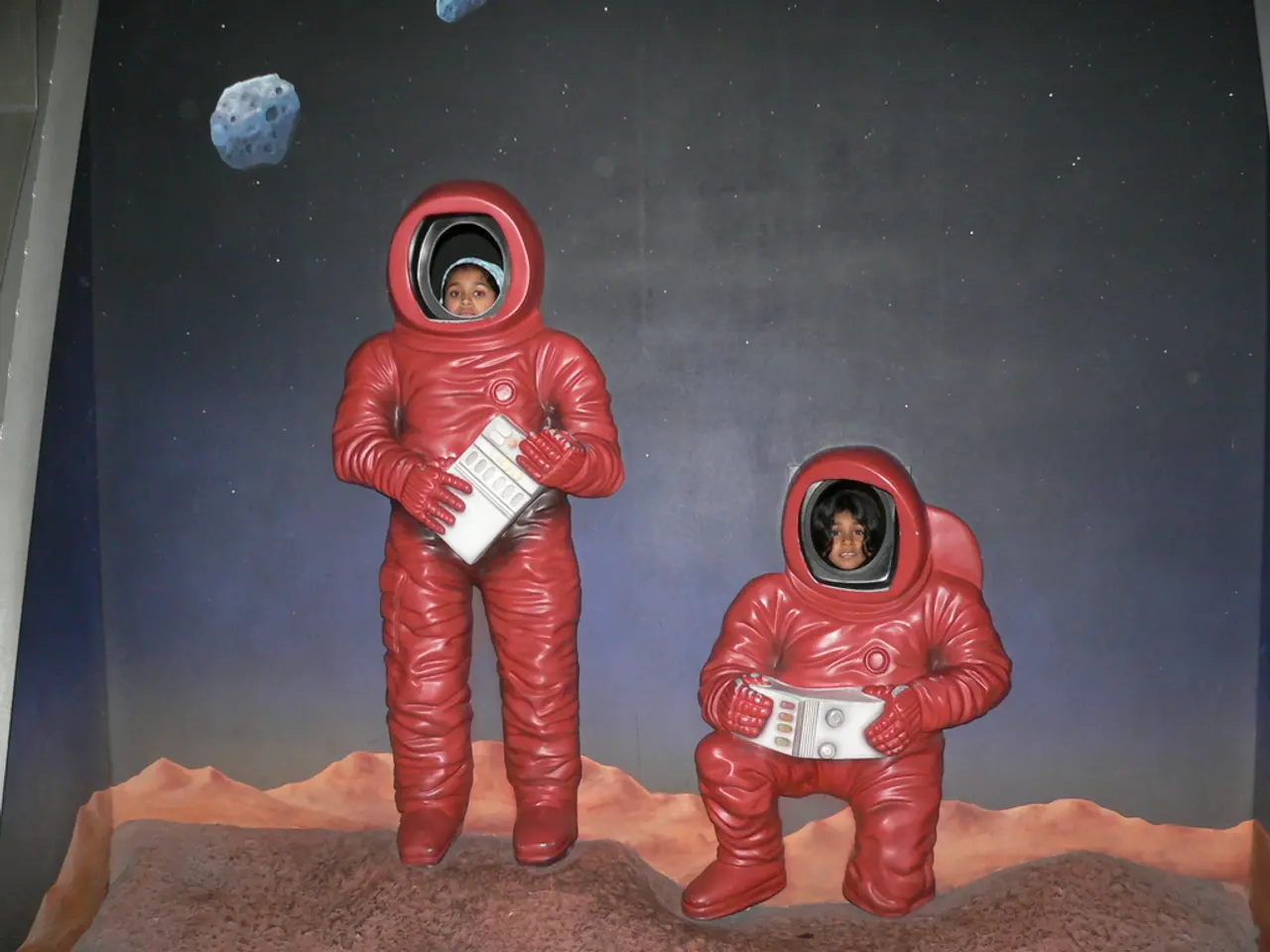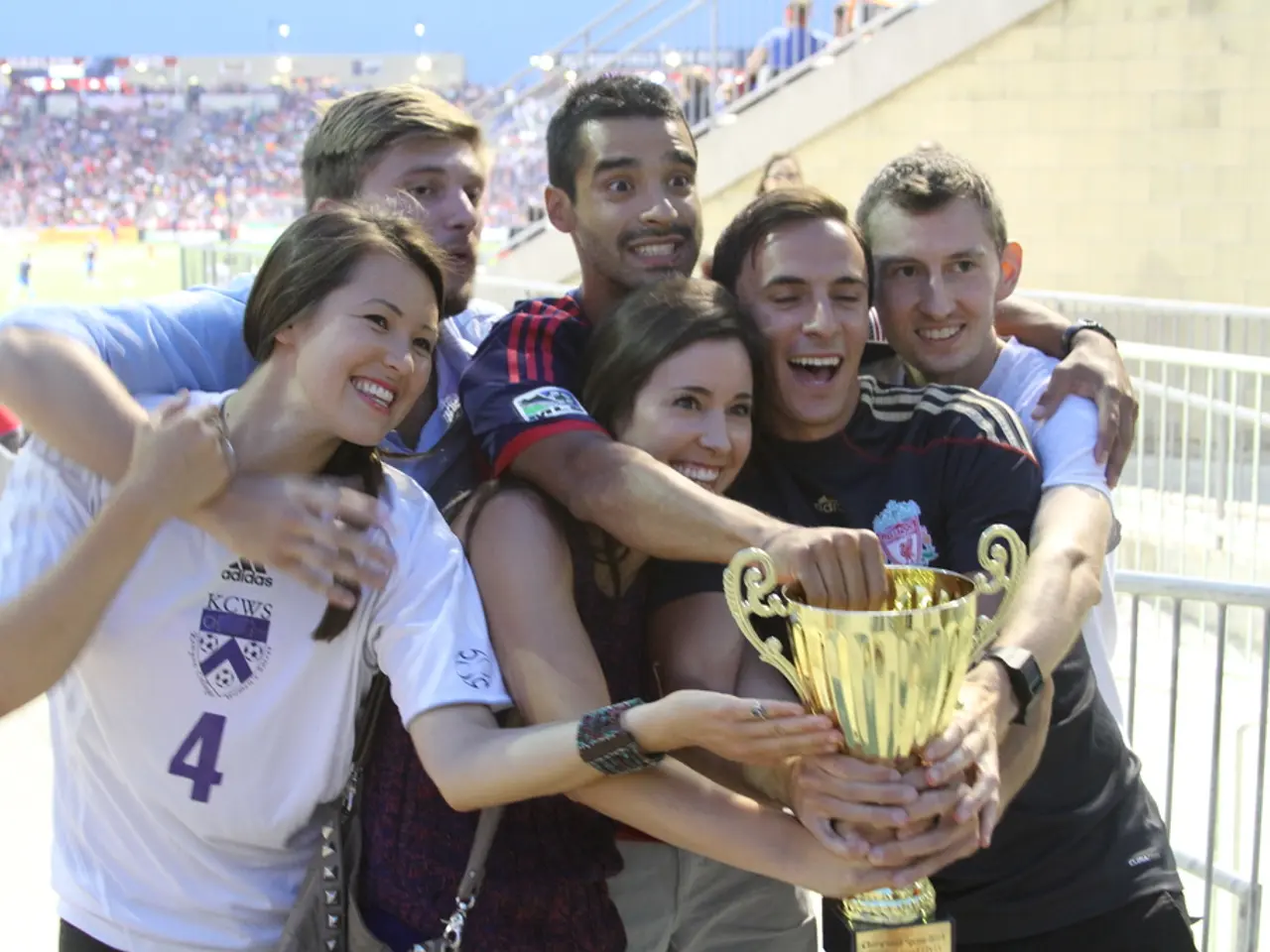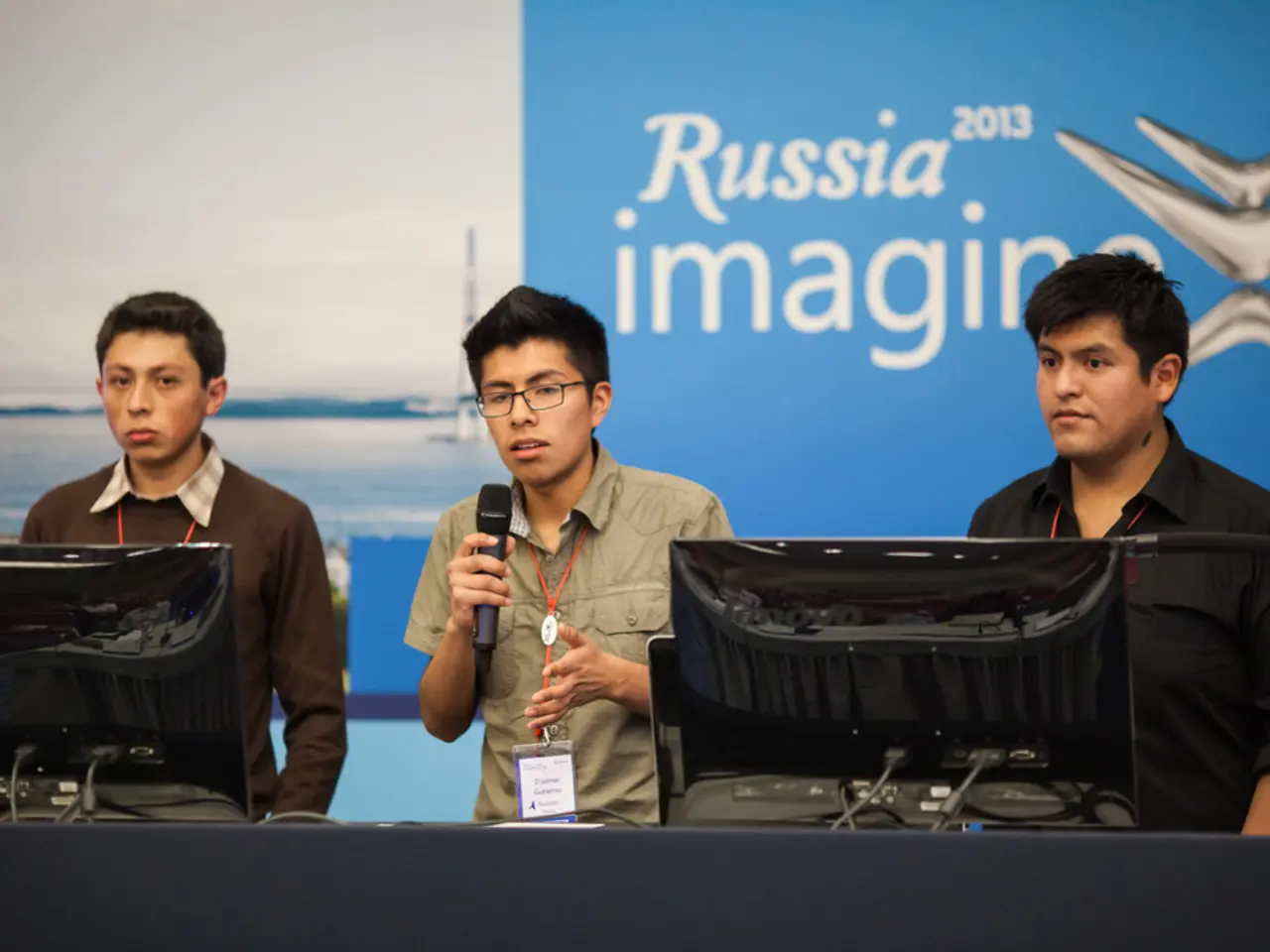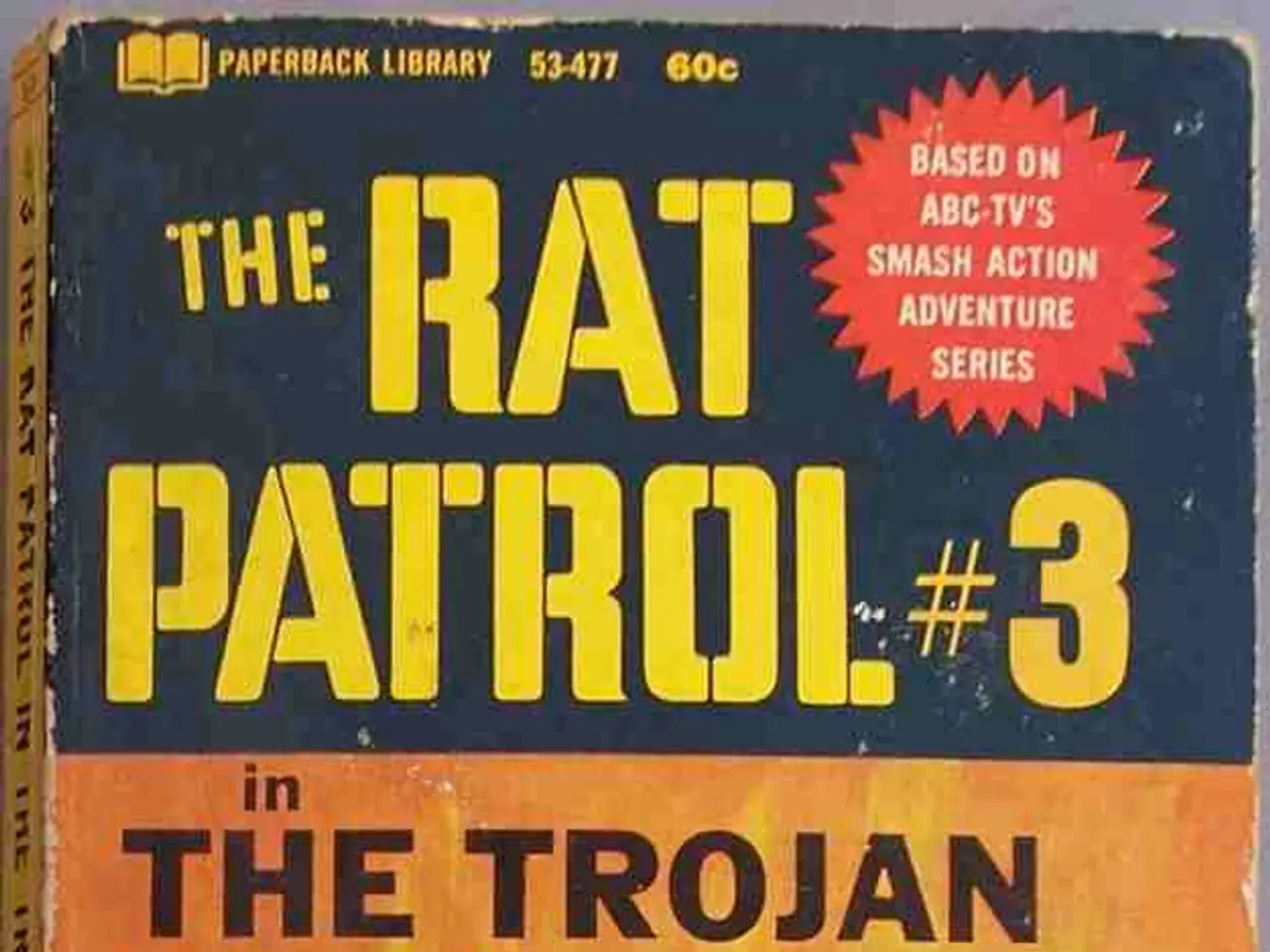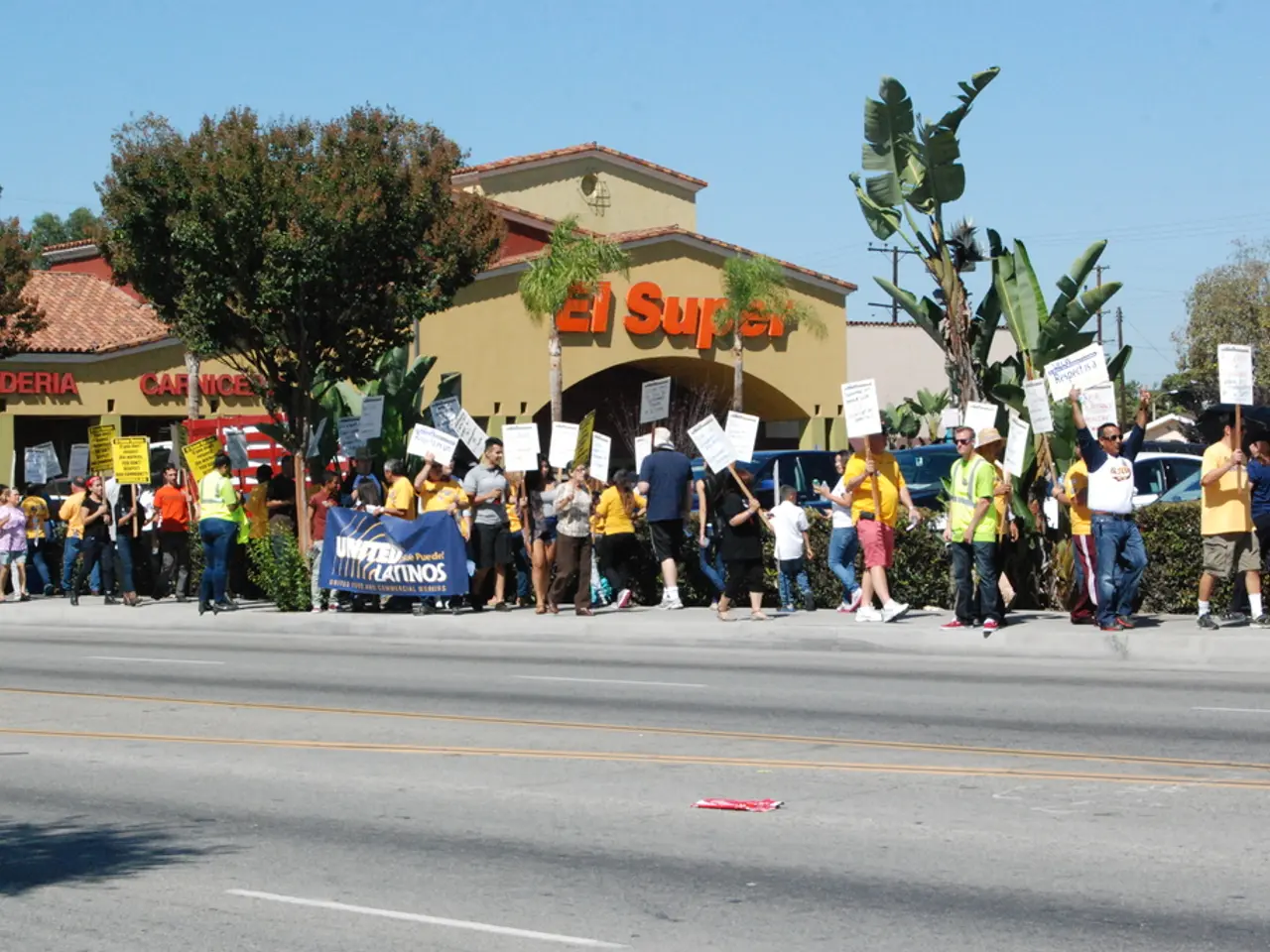Unveiling Alan Shepard's Hidden Facts:
In the early 1960s, the race to space was at its peak, and two American astronauts, Alan Shepard and John Glenn, were at the forefront of this competition. Both were part of the original "Mercury Seven" astronauts, selected by NASA to pioneer American space exploration.
On May 5, 1961, Alan Shepard made history as the first American in space, launching from Cape Canaveral aboard Mercury-Redstone 3 (Freedom 7). Although his flight was suborbital and did not complete an orbit, it marked the United States' entry into crewed spaceflight. This significant achievement came shortly after the Soviet Union's Yuri Gagarin became the first human in space on April 12, 1961.
Shepard's mission allowed President John F. Kennedy to announce the goal of putting a man on the moon by the end of the decade. However, the road to space was not without its challenges. During the launch, Shepard faced a problem with his spacesuit, causing him to wait for over three hours before takeoff. This delay led to a well-known anecdote, where Shepard is often credited for saying, "Dear Lord, please don't let me f--- up," although the exact words were, "Don't f--- up, Shepard."
Shepard's historic flight achieved an altitude of 116 miles (186 kilometers) and a velocity of 5,134 miles (8,262 kilometers) per hour. Interestingly, Shepard could maneuver his spacecraft, the Freedom 7, unlike Yuri Gagarin.
Six years after his first flight, Shepard made history again as part of the Apollo 14 mission, becoming the oldest astronaut in space at 47 years old. During his moonwalk, Shepard made headlines worldwide when he smuggled a makeshift six-iron on board and hit two golf balls, making him the only person to play golf on the moon.
After retiring from NASA in 1974, Shepard turned his attention to business, becoming a chairman in Marathon Construction Company and later the president of a Coors beer distribution company in Houston. His investments in banks and real estate made him a millionaire during his time away from active astronaut duties.
Meanwhile, John Glenn followed as the first American to orbit the Earth on February 20, 1962, in the Mercury-Atlas 6 (Friendship 7) mission. Glenn completed three orbits, a more complex and longer spaceflight, establishing the U.S. capability for orbital space missions.
Despite Shepard's historical achievements, John Glenn is arguably better known today. Reports suggest that Glenn was reportedly furious that Shepard was chosen for the honor of the first American spaceflight, which may have contributed to his enduring popularity.
In the 1980s, Shepard and the other surviving original astronauts created a scholarship foundation for science and engineering students, ensuring that the spirit of space exploration lived on for future generations.
In the realm of science and space-and-astronomy, Alan Shepard, having made history as the first American in space, also participated in sports when he became the only person to play golf on the moon during the Apollo 14 mission. Meanwhile, John Glenn, despite not being the first American in space, was arguably better known in sports due to his rivalry with Shepard, havingorbited the Earth before anyone else.
